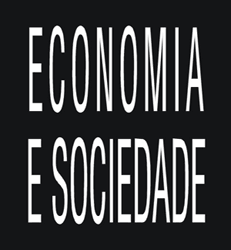The aim of this article is to analyze the effects of inflation on capital accumulation and on the degree of capacity utilization within the ambit of post Keynesian growth and distribution model in which investment is supposed to be a non-linear (quadratic) function of inflation rate. Within this framework we demonstrate the existence of two short-run equilibrium values for the inflation rate and the degree of capacity utilization. The first equilibrium is characterized by a low degree of capacity utilization and a low inflation rate. The other is characterized by a high degree of capacity utilization and a high inflation rate. These results imply that the conduction of economic stabilization policy is conditioned to the equilibrium position within economy operates. The stability of the long-run equilibrium of the economy at hand is conditional not only to the particular short-run equilibrium position (high or low), but also to the speed of response of monetary policy to divergences between actual and target inflation and to the speed of inflation expectation adjustment to expectational errors. As a corollary of these conclusions, follows that there is no such thing as an optimal economic policy rule that can be used independently of the state of the economy.
Economic dynamics; Multiple equilibrium; Post Keynesian economics























































